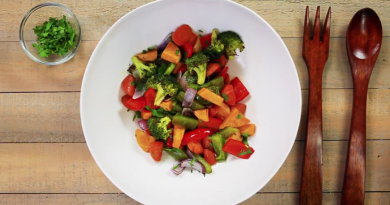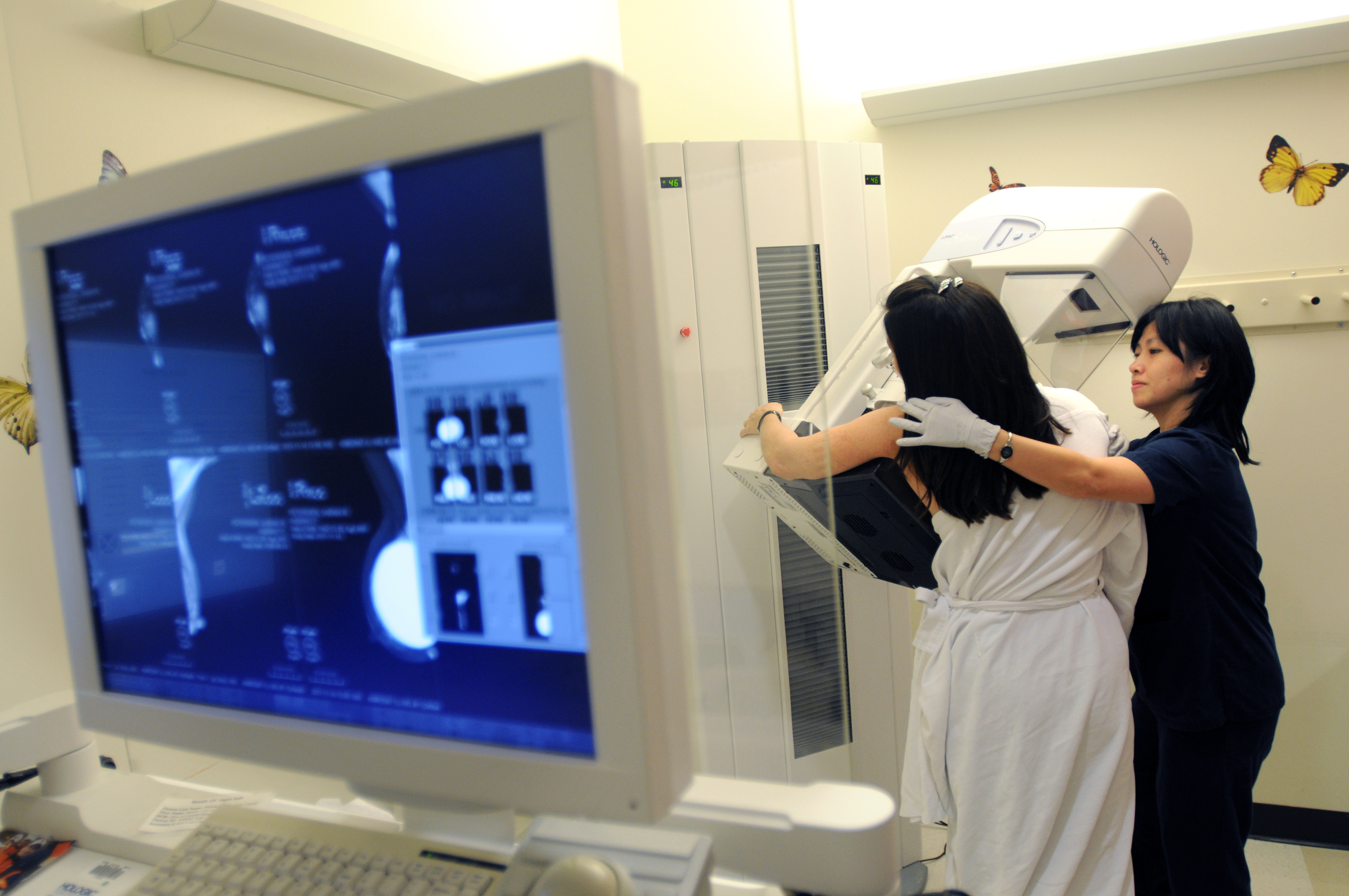What it means to have bladder pain syndrome
As a urogynecologist, an OB/GYN trained in both gynecology and urology, one of the most common causes of pelvic pain I see is interstitial cystitis – more commonly known as bladder pain syndrome. Defined as chronic inflammation or irritation of the bladder wall, the condition can be debilitating, severely impacting a woman’s quality of life. An estimated 2 to 6% of women in the United States suffer from bladder pain syndrome.
A Constellation of Signs and Symptoms
The cardinal symptom of the disease is pain in the area of the bladder or urethra, the tube that carries urine out of the body. Some women describe feeling pressure or discomfort in the pelvic area. Patients typically have pain when urinating, an urgent need to urinate and the need to urinate more frequently. The symptoms of bladder pain syndrome can suddenly appear, known as a flare-up, and then disappear.
There is no specific test for diagnosing bladder pain syndrome. Rather diagnosis is based on the patient’s history, symptoms, duration, and ruling out other conditions with similar signs and symptoms, including a urinary tract infection (UTI), overactive bladder, fibromyalgia or irritable bowel syndrome. Many of these can also be coexisting conditions, making diagnosis complicated.
Controlling the Flare-Ups
There is no cure for bladder pain syndrome, but treatments are available to help reduce the frequency and intensity of the flare-ups that characterize this condition, improving the woman’s quality of life.
Patient cooperation is essential to therapy. The first thing we do is try to determine what is triggering the condition, starting with diet. The idea is to reduce or eliminate the foods or drinks that makes the pH in the bladder too acidic. Examples include alcohol, caffeine, citrus and wine. Some women may have already identified foods that trigger their flare-ups. In addition to diet modification, other first-line therapies include physical therapy and meditation.
If those don’t improve the condition or if the woman is in severe pain, medications may be used. Options include oral pain pills or “intravesical therapy” – pain relieving agents that are put directly into the bladder. In this procedure, known as bladder instillation, the patient comes into the office and we fill the bladder up with pain medication and anti-inflammatories through a catheter. The patient then holds that for 15 to 30 minutes. Similar to a topical therapy for other types of pain, this treatment is also called a bladder wash or bath.
Recent advances in the treatment of bladder pain syndrome include efforts to “phenotype” or identify which patients will respond better to therapies by looking inside the bladder, a procedure known as cystoscopy. If ulcerations are found in the bladder, they can be burned off using heat from electrical currents, an approach called fulguration that has been shown to be helpful in these patients.
When all other treatments fail to provide relief, Botox injections may be used.
Get Answers to Your Questions
Women living with bladder pain syndrome often suffer from agonizing pain. They come to me with questions that include:
- Why is this happening to me?
- What causes bladder pain syndrome?
- Is it an STD-related issue?
- How can I get rid of the debilitating pain?
For answers to these and any specific questions you may have about bladder pain syndrome or pelvic pain, join us at our free Pelvic Pain patient seminar Thursday, July 21. Our team of experts will share the facts on pelvic pain that all women need to know. To reserve your spot, call (832) 826-7376 or register online.
– By Dr. Francisco Orejuela, professor in the Department of Obstetrics and Gynecology at Baylor College of Medicine and Texas Children’s Pavilion for Women. He specializes in urogynecology, including female pelvic medicine and reconstructive surgery.



